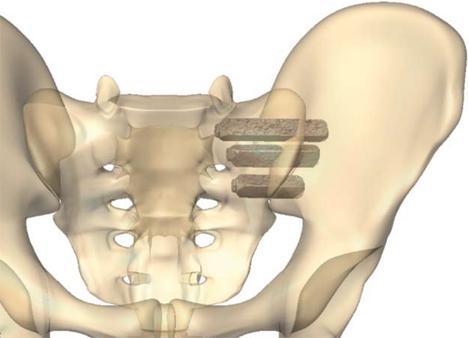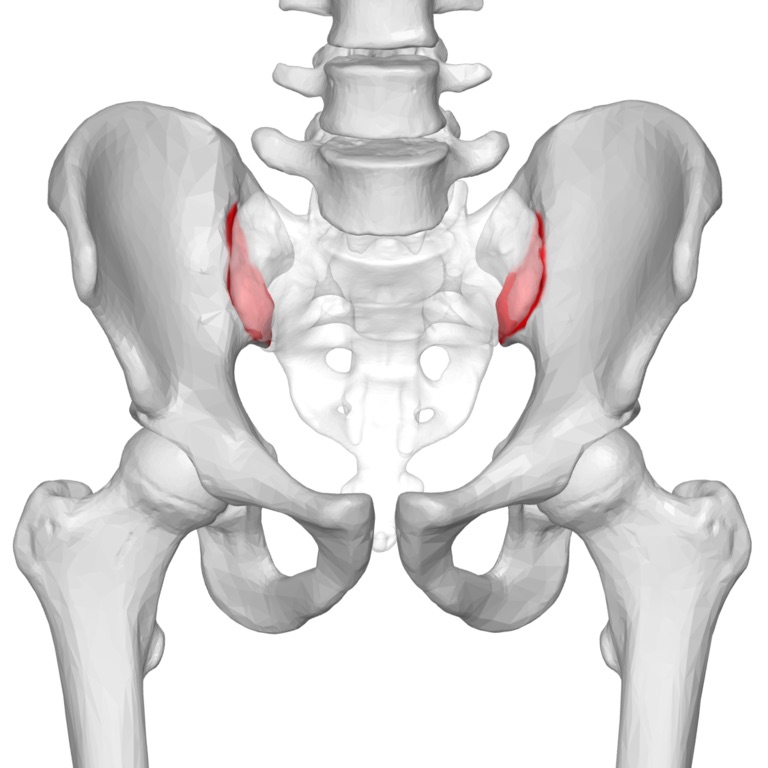The sacroiliac joints (SIJ) are two joints that connect the pelvis with the sacrum. Sacroiliac joint dysfunction is commonly seen at Dee Why Chiropractic Care and is usually attributed to joint inflammation or altered motion.
The sacroiliac joints have very little motion as they are comprised of very strong ligaments that keep them stable. When we walk or run, the sacroiliac joints are responsible for shock absorption to prevent impact forces from reaching the spine.
What causes sacroiliac joint pain?
It typically occurs when we have inflammation of the ligaments supporting the joint and is usually accompanied by spasm of low back and hip musculature. This is usually caused by:
- Too much movement of the joint
- Little to no movement of the joint.

Other causes of SIJ pain:
- Arthritis
- Trauma
- Running
- Pregnancy
- Inflammatory arthritis (eg. Ankylosing spondylitis)
- Prolonged sitting
- Uneven strides/poor gait
- Prolonged standing
- Infection
What does sacroiliac joint pain feel like?
- Pain along the joint (near the dimple in your low back)
- Pain can be dull or sharp
- Can be aggravated by certain movements
- Pain often felt when getting out of a chair
- Usually only on one side
- Pain can radiate into the groin, hip, leg and sometimes to the feet
- Pain may be worse in the morning and improves during the day.
How Dee Why Chiropractic Care can help
A lot of patients make the mistake of self-diagnosing themselves with having sciatica, as they have similar symptoms. So the first step is to get the correct diagnosis through a proper evaluation.
Sacroiliac dysfunction has been shown to be treated successfully using chiropractic adjustments. It is also important to address the reactive muscles spasm because it is responsible for a lot of the discomfort associated with sacroiliac conditions.
For this reason we use certain soft tissue techniques such as dry needling, active muscle releases and stretches to complement the adjustment.
If you believe you have a sacroiliac condition and think we can help you, give us a call today.

